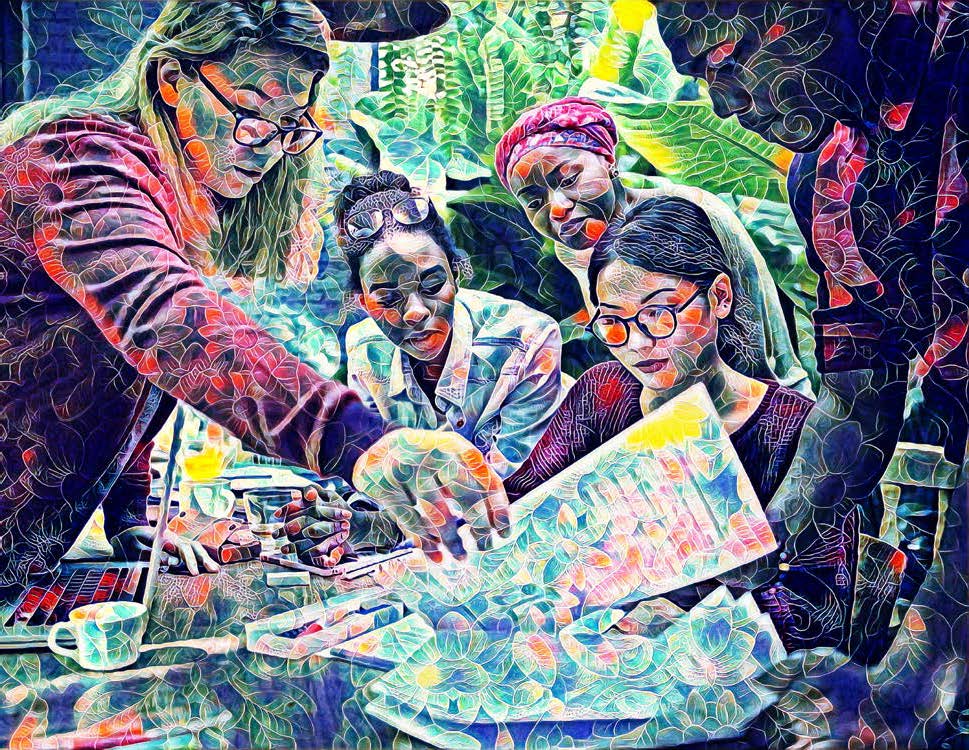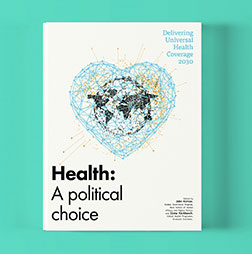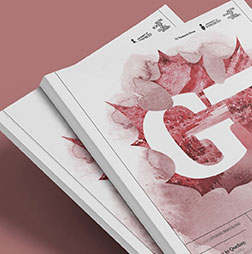Catalysts for change: The evolving role of philanthropy in global health
Interview with Gabriel M Leung, executive director (charities and community), Hong Kong Jockey Club
How have philanthropic contributions been critical to ensuring equitable access to health?
Philanthropic capital has been pivotal in global health as a key catalytic driver and lever. It cannot replace other forms of capital, mainly from the public purse. It is not a substitute for any inputs other than catalytic capital, or impact or innovation capital. When you spend from the public purse, your risk tolerance threshold is understandably much lower than if you spend foundation money. That’s by design, and that’s good. With private money, you can be as innovative and adventurous as you wish, but it by and large chases after what the market will bear and may return.
Therefore, philanthropic capital is a happy medium. It will be more important than ever, not because it will substitute for the other types of capital, but because, with shrinking budgets in many governments, if you have a better catalyst, even though your substrate may be reduced in volume, you may get the same bang for your buck.
Many global health initiatives and organisations have been extremely dependent on public funds. Now the tide is receding, and it doesn’t look likely to change direction any time soon. That creates a financial imperative, precisely because of the fiscal pressures, for these global health agencies to reflect on how we might have a slightly different arrangement. Philanthropic capital is important, because it does not carry the same geopolitical considerations of nation-states and therefore, if done right, could become the lynchpin third party that is trusted by everybody. Again it will have that catalytical role, except this time it’s not money but sapiential authority. Many foundations are actually called trusts, especially in Europe and in many parts of Asia, and there’s a reason why: they are underpinned by trustworthiness, which is another form of non-financial capital that philanthropy brings to the table.
However, we should not allow might or heft to be the predominant factor of consideration in terms of philanthropy’s influence in setting the global health agenda. In other contexts, we often say might should not equal right. That’s how we should think about philanthropy as well. I can give many examples but, particularly, the polio agenda is dominated by one single foundation and I’m not sure even those in the field or sciences entirely agree with that position. And that’s where some of the nuanced frailties are.
How can philanthropies best contribute to knowledge creation and innovation?
Again the most important element is that philanthropies offer adventuresome or innovative capital, where you can afford to be wrong. In fact, if you’re right all the time you’re probably too risk averse. Direct grant making has been the main modus operandi of foundations. But with many shades of grey between 100% non-recoverable grants all the way to grants that make money (namely in the private equity world), there are many instruments – concessionary capital, first loss capital, impact capital generally, blended finance or pool funds – now starting to be exercised more. Foundations are starting to be braver in seeing whether such instruments could stretch their dollar to make the innovation and experimentation, whether of drugs or policies, even more animated.
What lessons can be learned from Asian philanthropic models?
Asia is often described as the economic engine for the coming decades, but it’s also where more than half of humanity lives. Given the distribution of that wealth, there is a lot of need as well. You can be a donor country and still not yet be through the entire development journey. There are also different developmental pathways for the philanthropic sector. Some are mandated, such as India’s 2% corporate social responsibility law. Some are exhortations from the highest levels of government, as with China’s common prosperity slogan. Some are still trying to find where philanthropy fits best but have very long traditions of giving along religious lines. For instance, Islamic waqf and zakat are millennia old but need to mesh with modern financial hubs in the Middle East, Indonesia or Malaysia. These nuanced heterogeneities make Asian philanthropy or foundations so interesting.
In big financial hubs such as Hong Kong, Singapore and Dubai, a lot of things come together, whether it’s Islamic finance or family office wealth, with pool funds or blended instruments with private equity. It’s still in a period of experimentation and there is no clear equilibrium yet. That’s why it’s so exciting. Everyone knows they want to do more in philanthropy, and they also agree that they cannot, should not and do not want to follow western models.
What key political choices must be made now to maximise philanthropies’ contribution?
The political choices involve a dynamic mix of government, policy, general national politics, sub-national politics and geopolitics, and also the providers of services that we often commonly associate with philanthropic giving. In western countries, there is often a very vibrant non-governmental sector. In most of Asia, even when you see civil society, it’s in a very different form, and regulated differently and therefore behaves differently. Even in certain selected western countries, I dare say civil society is undergoing some very large changes, including among foundations, so for those of us who do this daily, there’s lots to learn, and a lot of adaptation, if we are to come out of this stronger.












